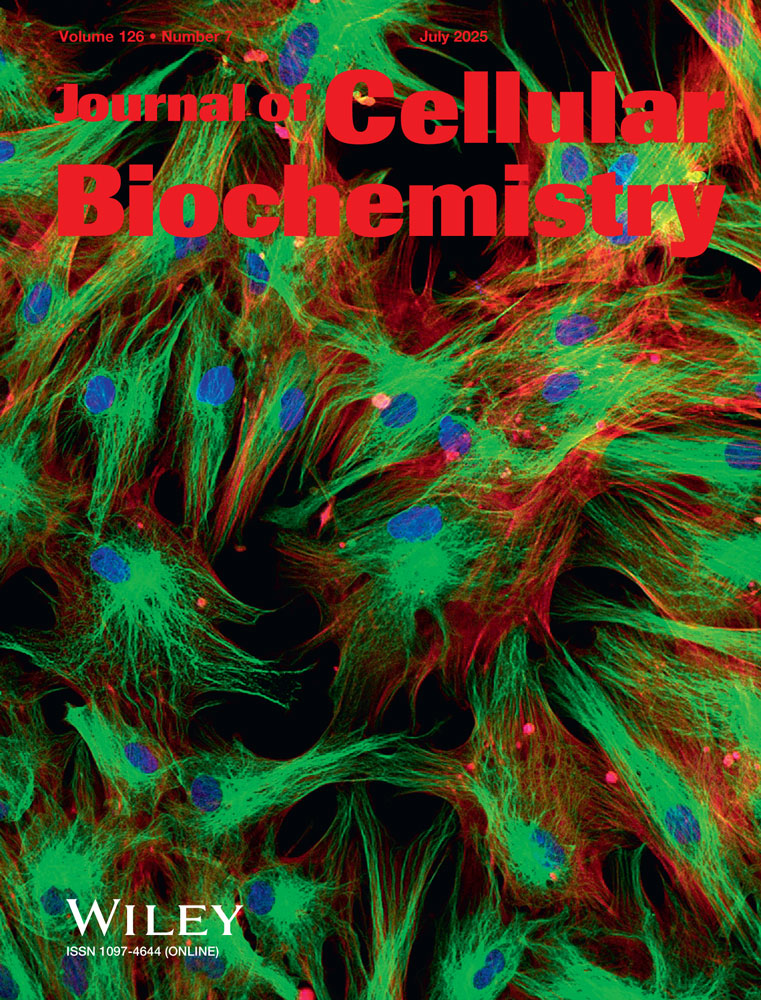Production of monoclonal antibodies against a cell surface concanavalin a binding glycoprotein
Abstract
Concanavalin A-binding (Con A)-binding cell surface glycoproteins were isolated, via Con A-affinity chromatography, from Triton X-100-solubilized Chinese hamster ovary (CHO) cell plasma membranes. The Con A binding glycoproteins isolated in this manner displayed a significantly different profile on sodium dodecyl sulfate-polyacrylamide gels than did the Tritonsoluble surface components, which were not retarded by the Con A-Sepharose column. [125I]-Con A overlays of the pooled column fractions displayed on sodium dodecyl sulfate-polyacrylamide gel electro-phoresis (SDS-PAGE) demonstrated that there were virtually no Con A receptors associated with the unretarded peak released by the Con A-Sepharose column, whereas the material which was bound and specifically eluted from the Con A-Sepharose column with the sugar hapten α-methyl-D-mannopyranoside contained at least 15 prominent bands which bound [125I]-Con A.
In order to produce monoclonal antibodies against various cell surface Con A receptors, Balb/c mice were immunized with the pooled Con A receptor fraction. Following immunization spleens were excised from the animals and single spleen cell suspensions were fused with mouse myeloma P3/X63-Ag8 cells. Numerous hybridoma clones were subsequently picked on the basis of their ability to secrete antibody which could bind to both live and glutaraldehyde-fixed CHO cells as well as to the Triton-soluble fraction isolated from the CHO plasma membrane fraction. Antibody from two of these clones was able to precipitate a single [125I]-labeled CHO surface component of ∼265,000 daltons.




